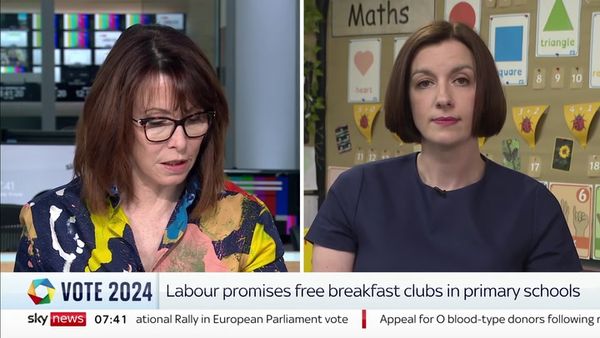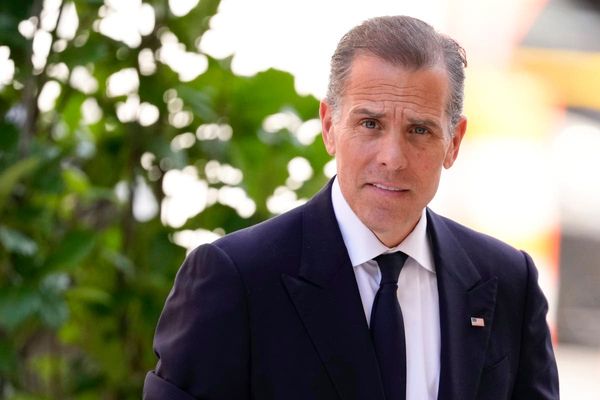
When retail spending surges, the Reserve Bank can be of a mind to raise rates and slow the economy even more. But the big jump in spending in November is not a sign that we are flush with cash; more that our habits have changed and we love (and need) a bargain.
The monthly retail trade figures are a prime example of how analysing the economy requires more than just looking at numbers. To understand them you need to know what is happening in the real world.
In November, Australians spent 2% more in the shops than they did in October in “seasonally adjusted terms” (remember that phrase – I am going to come back to it).
Had that happened before the pandemic it would have been an absolutely massive event.
To give it some context, when the iPhone 6 was introduced in September 2014, total retail trade rose just 1.2% and that was considered an anomaly. You could basically count on retail spending going up by about 0.3% each month and really there was not too much to get excited about.
And then in March 2020 the world changed.
If the graph does not display click here
The 2.0% increase in November is just the eighth-biggest monthly jump in retail spending in the past four years.
But this was not due to the pandemic – rather it was Black Friday sales and how our shopping habits have changed more broadly.
It is here we need to talk about “seasonally adjusted” and what that means.
In reality we didn’t actually spend 2% more money (roughly $730m) in the shops in November than in October; we spent 7.5% more – equal to an extra $2.7bn changing hands.
The reason we don’t report that is because that is the “original data” and original data is pretty wacky:
If the graph does not display click here
Every year we spend most of our money in the shops in December. The month we spend the second-highest amount is November (February is always the lowest month).
We don’t report the original data because it is kind of meaningless.
Saying, for example, that last year we spent 22% less money in January than we did in December 2022 doesn’t tell us much other than that December 2022 included Christmas Day and January 2023 did not.
So, the Australian Bureau of Statistics takes this into account by adjusting for seasonal factors (ie seasonally adjusted).
But what happens if we change when and how we spend? It means the ABS has to adjust its seasonally adjusted measures. And this is not an exact science.
Over the past 30 years our spending habits have changed quite markedly.
Forty years ago we spent about 20% of our non-food (ie grocery) purchases in department stores, now it is just 9%:
If the graph does not display click here
We have also changed the number of things we buy – in the 1980s 10% of the volume of non-food items we bought was household goods, now it is a quarter:
If the graph does not display click here
The reason for this is due to changes in our habits, needs and the prices of items.
To buy the amount of groceries that in 1984 cost $100, you would now need to spend $373. To dine in a restaurant and get the same meal that cost $100 in 1984, you are now looking at handing over $407; but if you want to buy the same amount of audio-visual or computing equipment that cost $100 in 1984, you would only need to pay $5.
If the graph does not display click here
Similarly, the cost of household appliances and electrical goods have not gone up by much so we buy a lot more of them than we did in the past, even if we still spend about the same total share of our money on them as we did 40 years ago.
When we buy things has also changed.
In the 1980s, business for household goods retailers in December was equivalent to approximately 50 days of an “average” month; now it is worth less than 40. November has gone from being equivalent to 32–33 days of an average month to now being closer to 36:
If the graph does not display click here
A big reason is those Black Friday sales that we have imported from the United States.
Before the pandemic we used to spend about 8% more in November on non-food items than we did in October, but this year we spent 17% more:
If the graph does not display click here
Are we doing that because we are all flush with cash?
That question matters, because the RBA looks to retail trade figures to work out if we are spending too much and are thus, in their minds, fuelling inflation.
If the boost in spending in October was mostly due to changes in habits rather than an indicator of our incomes, then the RBA should ignore it, especially given the latest monthly inflation figures out yesterday showed inflation dropped 4.3% in November – the lowest since January 2022:
If the graph does not display click here
Will the RBA look at the retail figures and think Australians still have too much money to spend? Or will they see them for what they are – a sign Australians have become more accustomed to the Black Friday sales in November and are increasingly desperate to find a bargain to stretch their budgets as much as they can?
On 6 February the RBA will let us know.
Greg Jericho is a Guardian columnist and policy director at the Centre for Future Work







